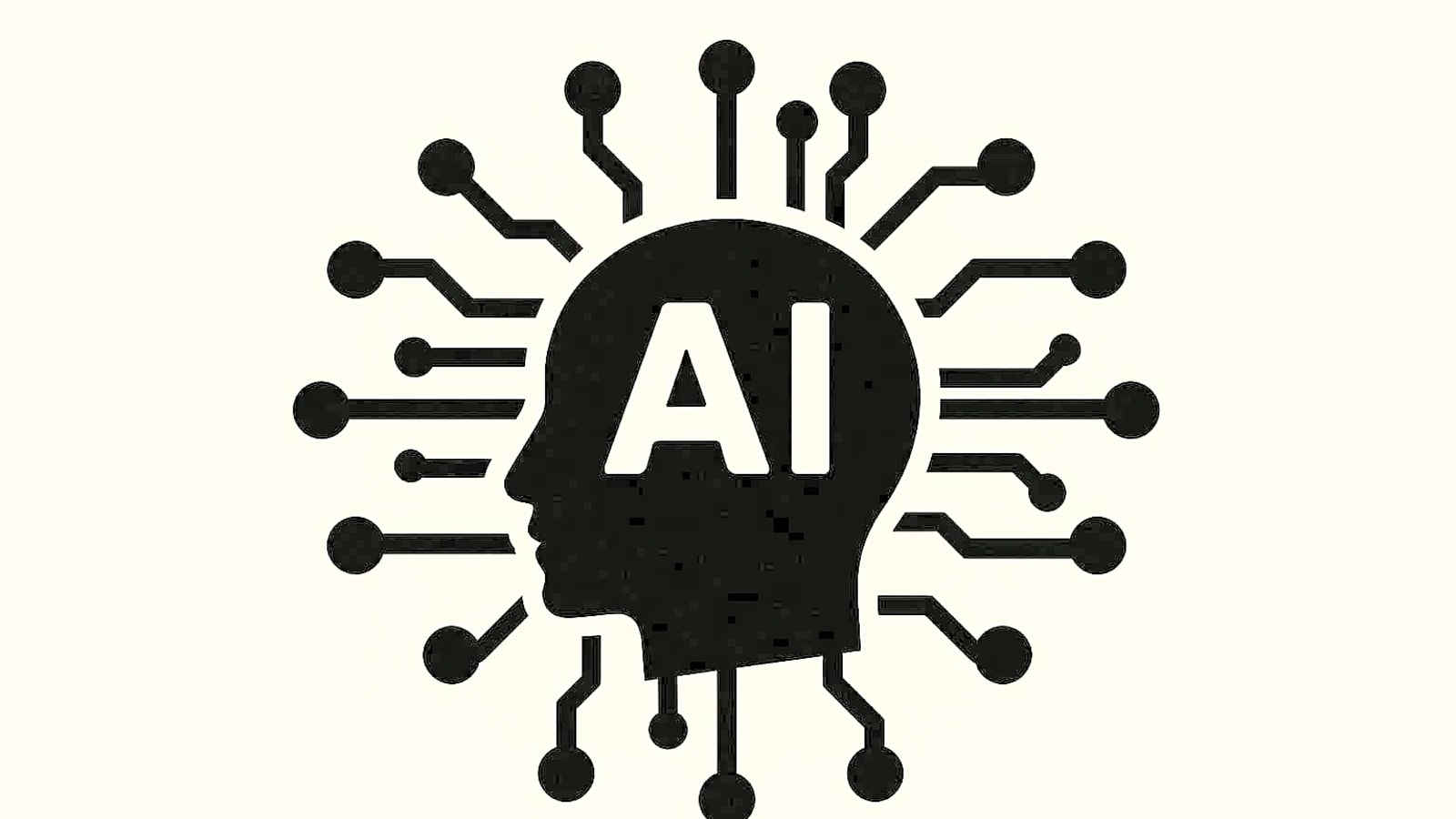
Google has publicly released a new study claiming that each text prompt processed by its Gemini AI assistant requires minimal water and energy consumption. This report occurred amid an intensifying global debate concerning the substantial environmental footprint of artificial intelligence. However, does this assertion present a complete and accurate picture of Gemini AI’s true ecological cost?
Google’s AI is Efficient, Its Stats Are Not
According to numerous leading experts, Google’s claims are fundamentally misleading and omit critical data. The company’s internal calculations estimate that a single, median Gemini text prompt consumes approximately five drops of water, which equates to 0.26 milliliters. Moreover, it states the electricity used for the technology equals that of watching television for less than nine seconds, a figure they quantify as 0.24 watt-hours. Additionally, Google reports that Gemini AI’s energy use results in the production of roughly 0.03 grams of carbon dioxide emissions.
Given these newly published figures, prior research into resource-intensive data centers that power generative AI models presented findings that appear significantly higher. So, what does the company attribute this disparity to exactly? It’s believed that major efficiency improvements implemented throughout the past year could be the cause. Nevertheless, independent experts contend that vital data points were deliberately excluded from Google’s analysis. As a result, Gemini AI’s full environmental impact received a profoundly incomplete assessment.
Is Gemini AI Green, or Just Greenwashed?
Experts have identified Google’s omission of all indirect water usage from its estimates as a primary concern that must be addressed. In the study, the water directly consumed by data center cooling systems, which are essential for preventing server overheating, was exclusively accounted for. As a long-standing source of environmental concern, these cooling systems have been blamed for their potential to worsen water shortages in regions prone to drought. That said, how can a comprehensive assessment ignore the water required to generate the electricity itself?
Currently, the focus has increasingly shifted toward new AI models and the massive additional electricity demand that they create. Due to this soaring demand for power, numerous plans to construct new gas and nuclear power plants have already been considered. Specifically, these facilities have consumed enormous volumes of water for their own cooling systems and to generate steam for turning turbines.
In reality, the majority of the electricity generated by a data center indirectly affects its water footprint—a factor that Google completely overlooked in this particular study. Consequently, the company’s provided water estimate, used for Gemini AI, reveals only the very tip of a much larger iceberg, as it has also neglected another crucial metric: power consumption and subsequent pollution.
The Hidden Cost of Your AI Prompt
Google’s published paper shares only a “market-based” measure of carbon emissions. Specifically, this method accounts for corporate commitments to support renewable energy growth on power grids. Furthermore, a “location-based” measure may be a more holistic and transparent approach to evaluate a data center’s immediate impact. Given the actual mix of clean and dirty energy on the local grid where it operates, this method may prove the best way to receive accurate findings, particularly for its Gemini AI assistant.
This location-based figure is typically higher than the market-based calculation, as a company’s local environmental impact offers greater insight. Not only that, but this figure is considered the ground truth by researchers. According to both Ren and de Vries, Google should have included this location-based metric to adhere to internationally recognized standards.
In the giant’s paper references, its earlier research argued that its first-party data provides a more accurate representation of Gemini AI’s environmental impact. However, the authors of that previous research offered a different perspective. They assert that the company is making an apples-to-oranges comparison, as they included total consumption and based their work on averages.
Don’t Water Down the Truth, Google
Meanwhile, Google hasn’t even submitted its new paper for peer review, though it has expressed a willingness to do so in the future. The company has claimed a desire for greater transparency, saying its study goes further than others by including energy from idling machines. However, it declined to respond to specific questions about the methodology behind its studies or Gemini AI.
The giant’s paper references contain earlier research that argues its first-party data provides a more accurate representation of Gemini AI’s environmental impact. Pointedly, its announcement of a 33x reduction in electricity consumption per prompt and a 44x reduction in carbon footprint over one year provided a proud moment for the company. However, does this focus on per-prompt efficiency obscure the bigger picture? To get a proper answer, these findings must be viewed from a wider perspective.
The Jevons paradox, where efficiency gains lead to higher total resource use, shows a seemingly more grim situation overall. As Google pursues AI development, its own sustainability report shows its total emissions have grown significantly. Ultimately, this increase indicates that he complete story of Gemini AI’s escalating environmental impact isn’t completely told just from a single prompt, but a variety of factors.
More must-reads:
- Could Travis Kelce's huge announcement add more fuel to retirement rumors?
- TE Premium Draft Strategy explained: Top fantasy football targets for 2025
- The 'Most NFL 1,000-receiving yard seasons' quiz
Breaking News
Trending News
Customize Your Newsletter
 +
+
Get the latest news and rumors, customized to your favorite sports and teams. Emailed daily. Always free!








